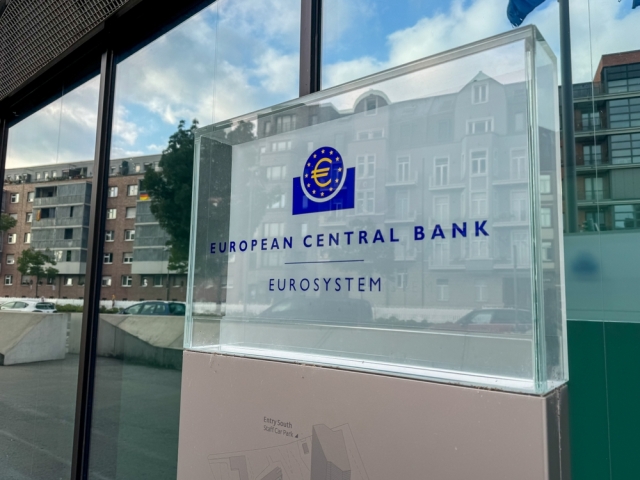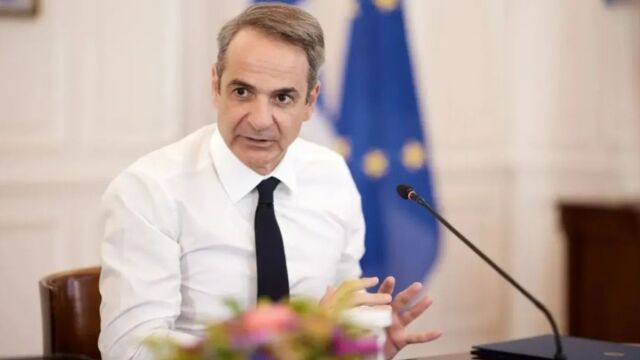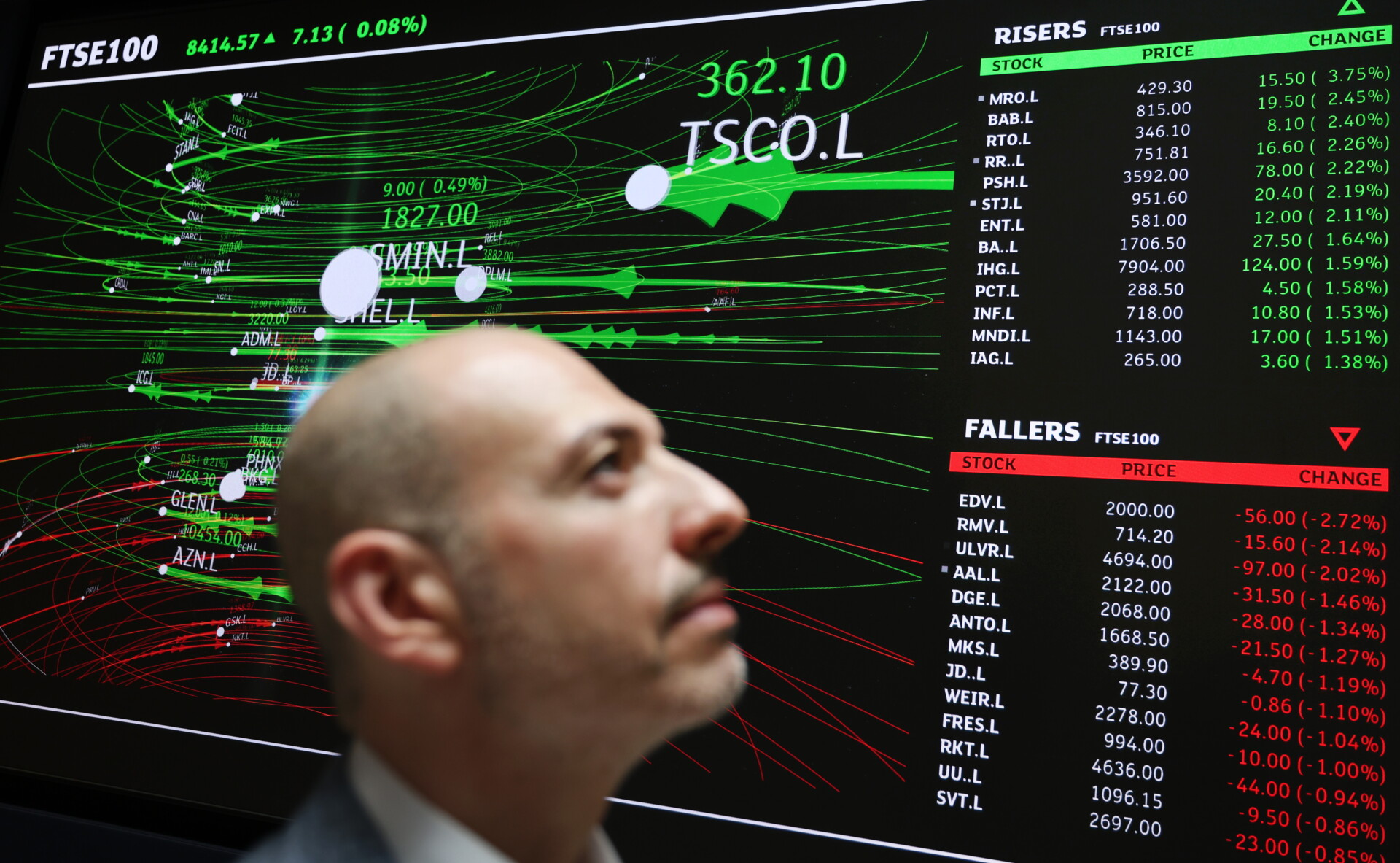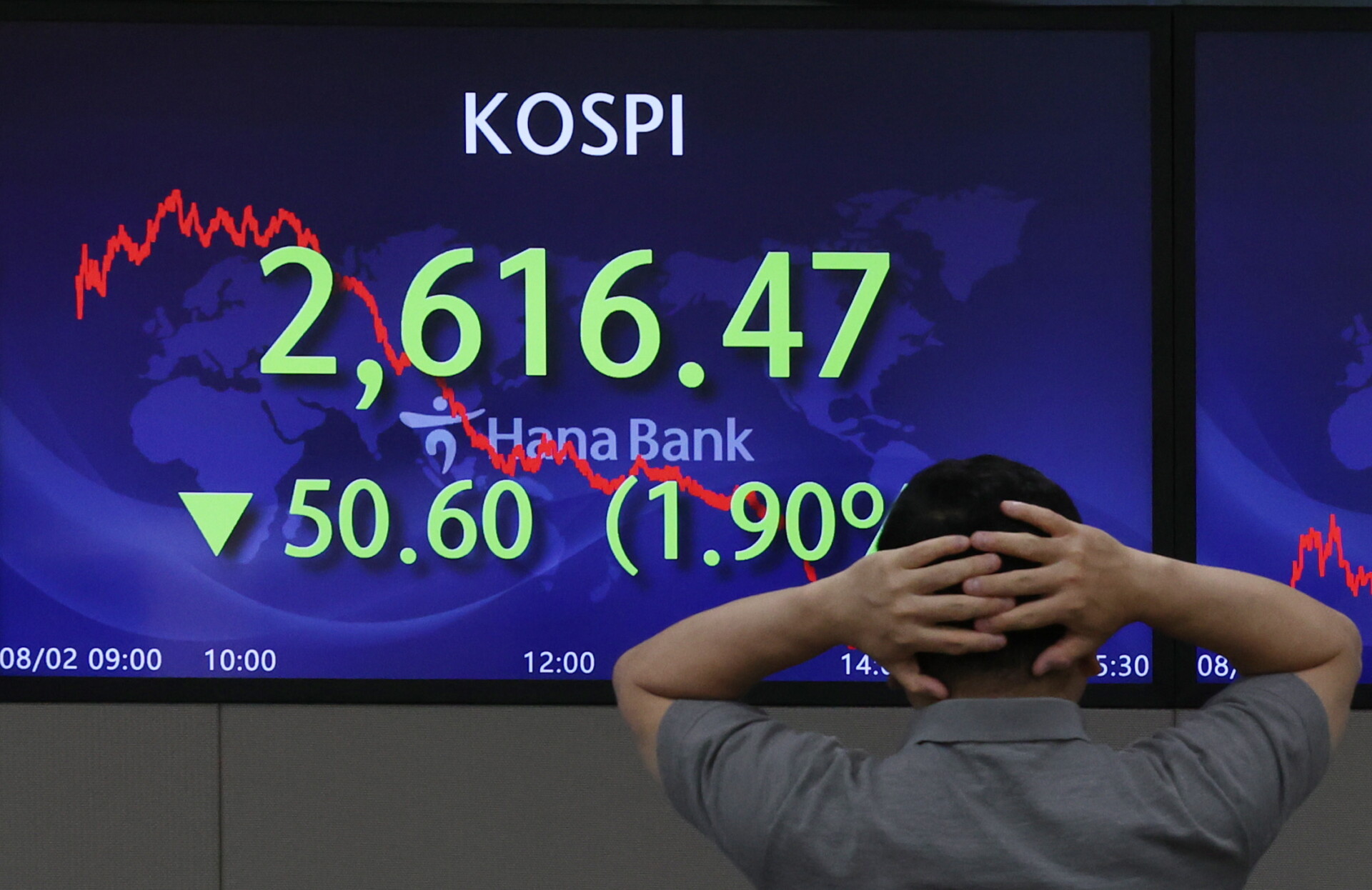The ECB’s “microscope” on interest rates this fall – What will influence the decisions
The European Central Bank (ECB) will review its interest rate levels in the fall to decide whether there is room for further reductions. In its upcoming meeting in July, the Central Bank is expected to confirm its wait-and-see approach, following a series of rate cuts that have brought interest rates down to 2%, while inflation currently stands at 1.9%.
European sources confirm this strategy, which Frankfurt has repeatedly emphasized: the main objective was to achieve a neutral interest rate level, which the ECB has set at 2%.
Key factors to be considered in the ECB’s decision-making after the summer pause include the outcome of negotiations between the European Union and the United States over the tariffs announced by U.S. President Donald Trump, as well as developments in the U.S. and global bond markets. The ECB will wait to see the final level of U.S. tariffs on European products to assess their consequences for the European economy.
The latest data, showing that the eurozone economy grew by 0.6% in the first quarter of the year, provide cautious optimism as they exceeded initial forecasts. However, growth remains weak and vulnerable in a period of heightened geopolitical and economic tensions, which could easily reverse the current positive momentum. Under these conditions, the imposition of high U.S. tariffs on European products would have significant negative effects on the European economy. Such a development is expected to prompt the ECB to consider additional interest rate cuts to stimulate the eurozone economy.
On the inflation front, recent Eurostat data confirmed a downward trend, with inflation falling
Content Original Link:
" target="_blank">
















































